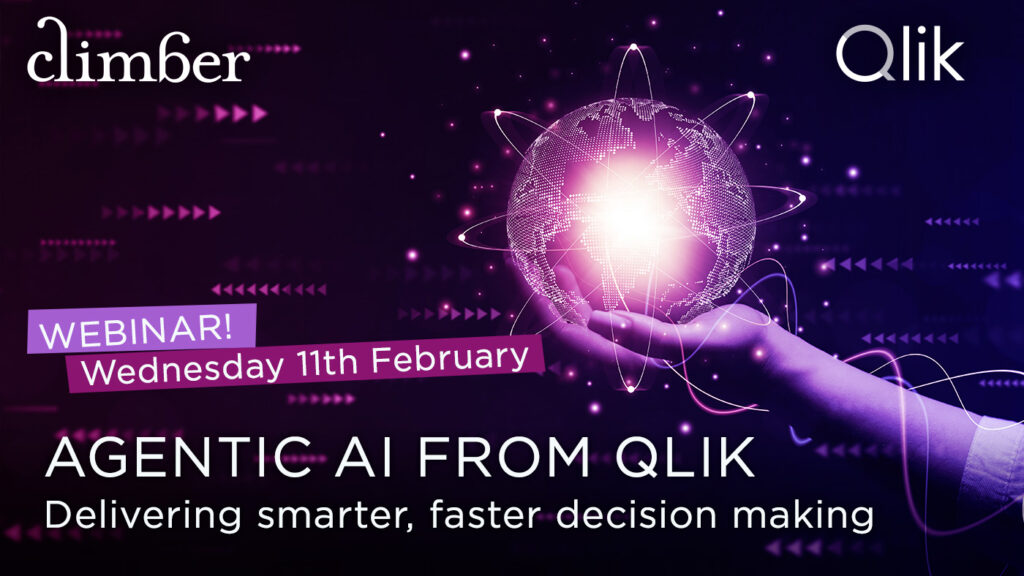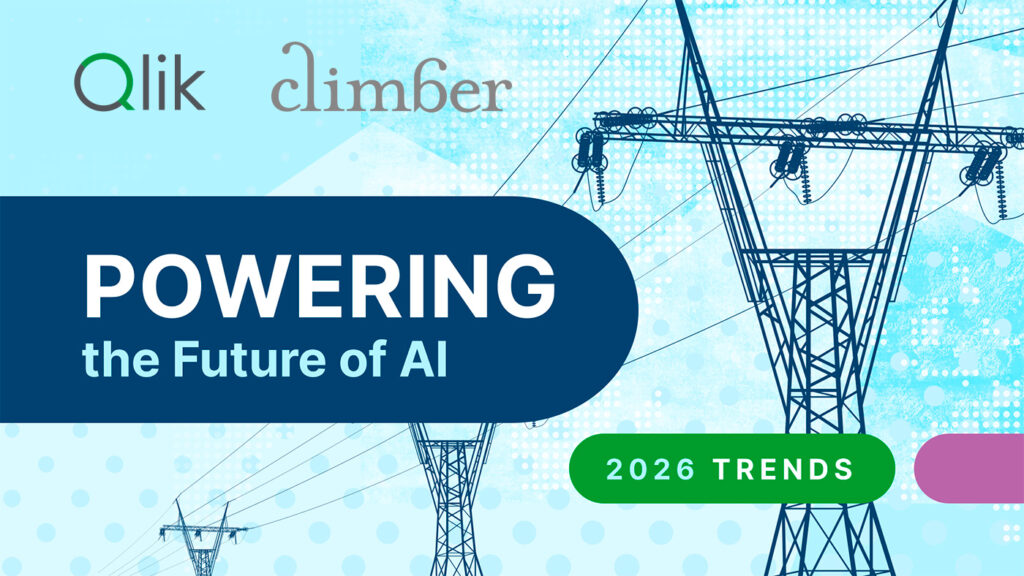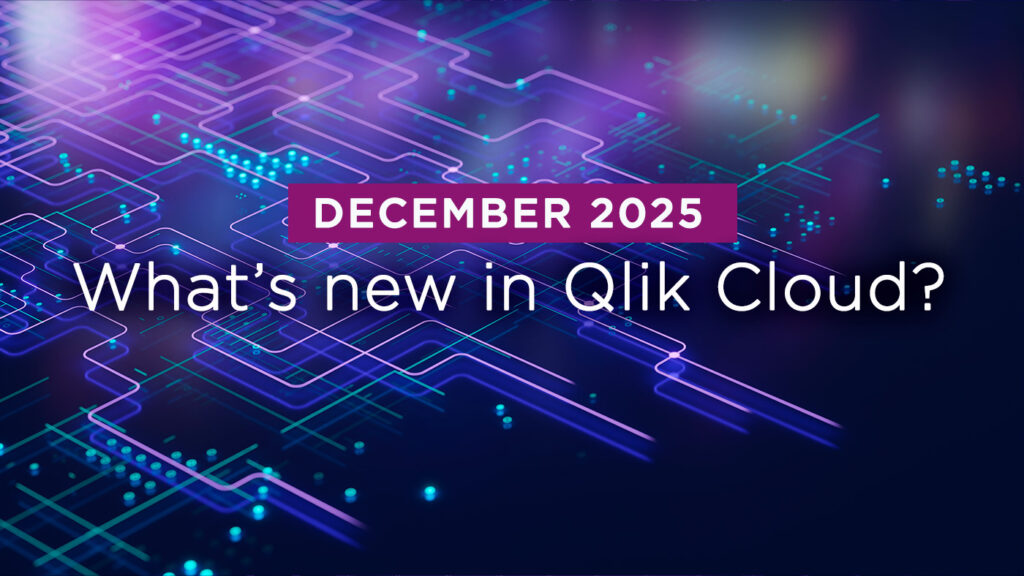
The Future of Data:
Modern Architecture and Integration
Author: Bas Haarhuis, Sales Manager at Climber.
In a world where data forms the foundation of nearly all business decisions, the way organisations manage their data is more important than ever. Modern data architecture plays a crucial role in this process. But what exactly makes a data architecture “modern”? And why should your organisation focus on it? In this blog, we’ll explore the fundamental principles.
What is Modern Data Architecture?
Modern data architecture is the framework through which organisations collect, organise, store, and access data. It goes beyond traditional architectures, designed to be scalable, flexible, and future proof.
Key features of modern data architecture include:
- Real-time data accessibility: Immediate access to data for faster decision-making.
- Flexibility: Ability to process both structured and unstructured data, combined seamlessly.
- Scalability: Easily scaling to handle increasing data volumes.
- Data governance and quality: Focus on reliable, secure, and consistent data.
- Business empowerment: Self-service analytics enable teams to work independently with data.
Traditional vs. Modern
Data Architecture
In traditional data architectures, businesses heavily rely on IT to access the right data. This often results in:
- Long lead times to deliver data.
- Limited flexibility and outdated reports.
- Frustration caused by miscommunication between business and IT.
- Inaccurate or delayed dashboards when handling large data volumes.
In some cases, it can take hours or even days to generate updated reports, forcing businesses to make decisions based on outdated data.
Modern data architecture breaks this dependency through technologies such as data mesh, self-service tools, and automated data integration. These technologies decentralise data, making it accessible directly to business teams.
As a result, IT transitions from an operational to a facilitative role — providing infrastructure and tools while empowering the business to generate insights more quickly.
Trends in Modern Data Architecture
The key trends embraced by data-driven organisations include:
Real-time data as the standard
Organisations increasingly require real-time data, especially for AI applications, making batch processing insufficient. Real-time data allows companies to respond quickly to customer behaviour, market changes, and operational challenges. From dynamic pricing to inventory management, real-time insights make all the difference.
Data fabric
A data fabric architecture helps bring together, transform, and process data from various sources and storage systems using machine learning. This provides a holistic view of your organisation and securely and automatically makes data accessible for analytics.
Data mesh
A data mesh decentralises data management, empowering teams to handle data as a product. This fosters collaboration and accelerates a data-driven culture.
Cloud-first architecture
More organisations are moving their data infrastructure entirely to the cloud, offering flexibility, cost savings, and simple scalability.
Why is Modern Data Architecture Important?
Modern data architecture helps organisations to:
- Make faster decisions: By providing real-time access to reliable data.
- Reduce costs: Through scalable and efficient cloud solutions.
- Gain a competitive edge: By generating better insights and supporting AI and Machine Learning projects.
- Improve data literacy: Enabling employees to better understand, interpret, and apply data.
- Empower the business: Self-service analytics give teams direct access to data, enabling faster insights and better decision-making.
Data is increasingly seen as a strategic asset, and modern data architecture ensures organisations can fully leverage its value. This drives revenue and margin growth by equipping sales teams with accurate targets and insights. It reduces costs by delivering faster insights to operational teams, improving efficiency. Additionally, it enhances customer satisfaction by supporting customer service teams with AI-driven ticketing systems and chatbots for quick issue resolution.
Convinced of the value of Modern
Data Architecture?
In our next blog, we’ll dive deeper into the building blocks of modern data architecture, including data integration, data quality, and the role of AI.
Stay tuned and discover how modern data integration can transform your organisation!
Follow our blogs or contact us below for more information.

WANT TO KNOW MORE? CONTACT US!
Bas Haarhuis
Sales Manager
bas.haarhuis@climber.nl
+31 6 39 46 39 65
James Sharp
Managing Director
james.sharp@climberbi.co.uk
+44 203 858 0668
News archive

Agentic AI from Qlik: Delivering smarter, faster decision making
Qlik’s Agentic AI framework is the next evolution of Qlik’s AI assistant, Qlik Answers, that delivers smarter, faster, and more actionable insights from your data. Join us to experience the new features and capabilities in Qlik’s unique Agentic AI platform.
>> Register now
Qlik Trends 2026
Join us on 14th January for the Qlik streaming event, Powering the Future of AI: Dare to Orchestrate Data, Agents, and Roles. We’ll reveal and explore the three key areas that successful enterprises must wire together to ensure integrity, connect every system seamlessly, and fuel innovation at the edge.
>> REGISTER NOW
What’s New in Qlik Cloud – December 2025
December brings a wide range of updates across Qlik Cloud Analytics, Qlik Automate, and platform administration. Qlik has also left some releases under the tree for the data integration pros.
>> Read more
